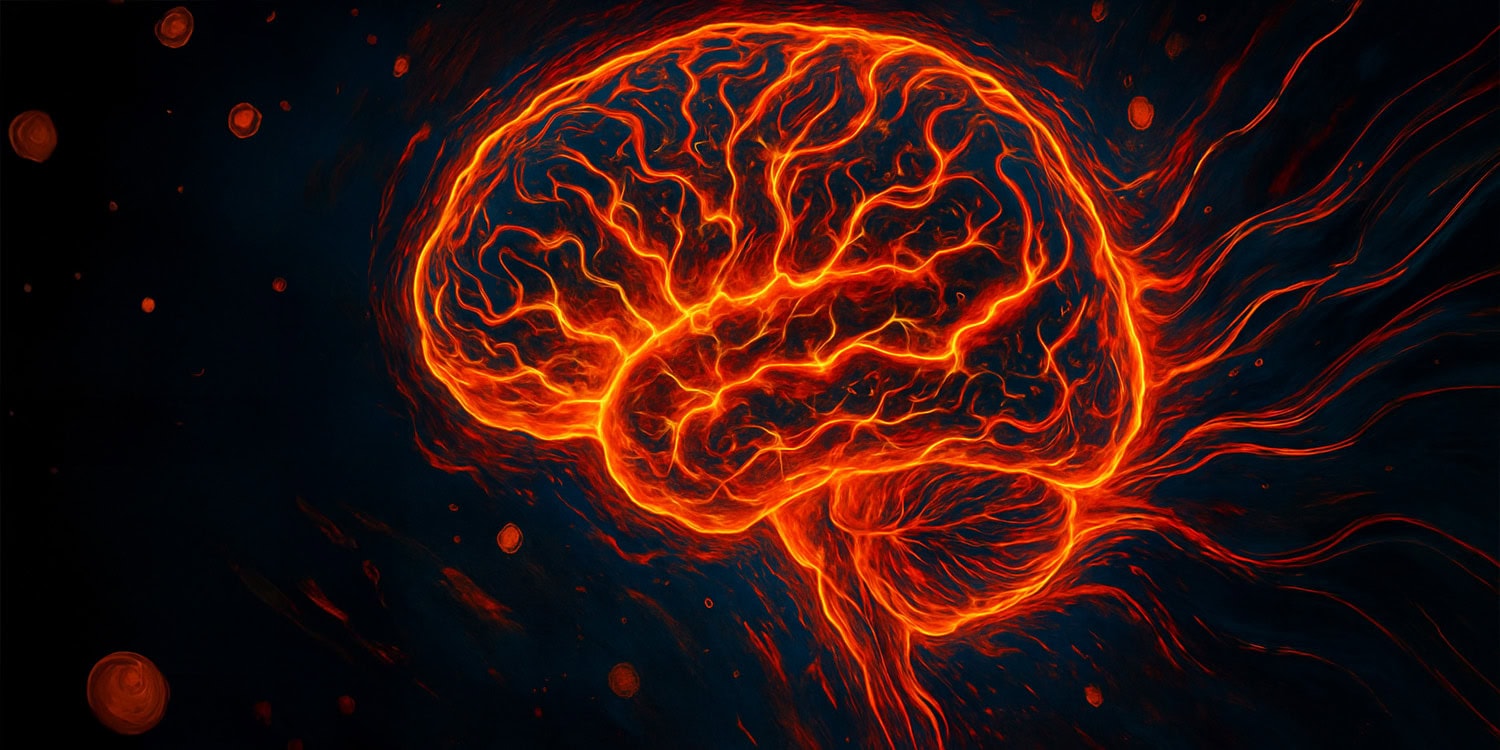Discover the Hidden Brain Changes in Children Exposed to Trauma
Understanding the Impact of Trauma on Childhood Development
Trauma during childhood is a significant public health issue. It can arise from various sources like domestic violence, bullying, or natural disasters. These experiences can engrain themselves deeply, affecting mental and physiological health across an individual’s lifespan.

Key Insights from Neuropsychological Research
Recent research published in Neuropsychologia reveals insights that could change how we understand children's mental health. Here's what the study found:
- Children exposed to trauma, even those deemed typically developing, exhibit brain changes.
- The most affected regions support critical functions like self-control and attention.
- Distinct differences were observed between the brain responses of boys and girls.
Sex-Specific Differences and Their Implications
Interestingly, the study noted varying impacts of trauma based on sex. This discovery underscores the importance of personalized approaches when addressing psychological resilience in children. Such nuanced understanding can inform therapeutic strategies and potentially pave the way for sex-specific interventions.
As neuroscientist Dr. Susan Hodge notes, "Understanding the brain's wiring in children exposed to trauma allows us to better support their development into resilient adults."
Dr. Susan Hodge, Neuroscientist
Supporting Children Through Trauma
Effective measures can help guide children through their recovery:
- Access to professional therapy that caters to their unique experiences.
- Involvement in supportive community and family environments.
- Incorporation of mindfulness and attention-building exercises.
For parents seeking resources, consider reading The Whole-Brain Child by Daniel J. Siegel and Tina Payne Bryson.
Potential for Future Research
As science continues to unravel the mysteries surrounding our brains, further research could delve into longitudinal studies to track the developmental trajectories of such affected children. The potential advances in neuroimaging technologies may also enhance our understanding of these subtle brain changes.
